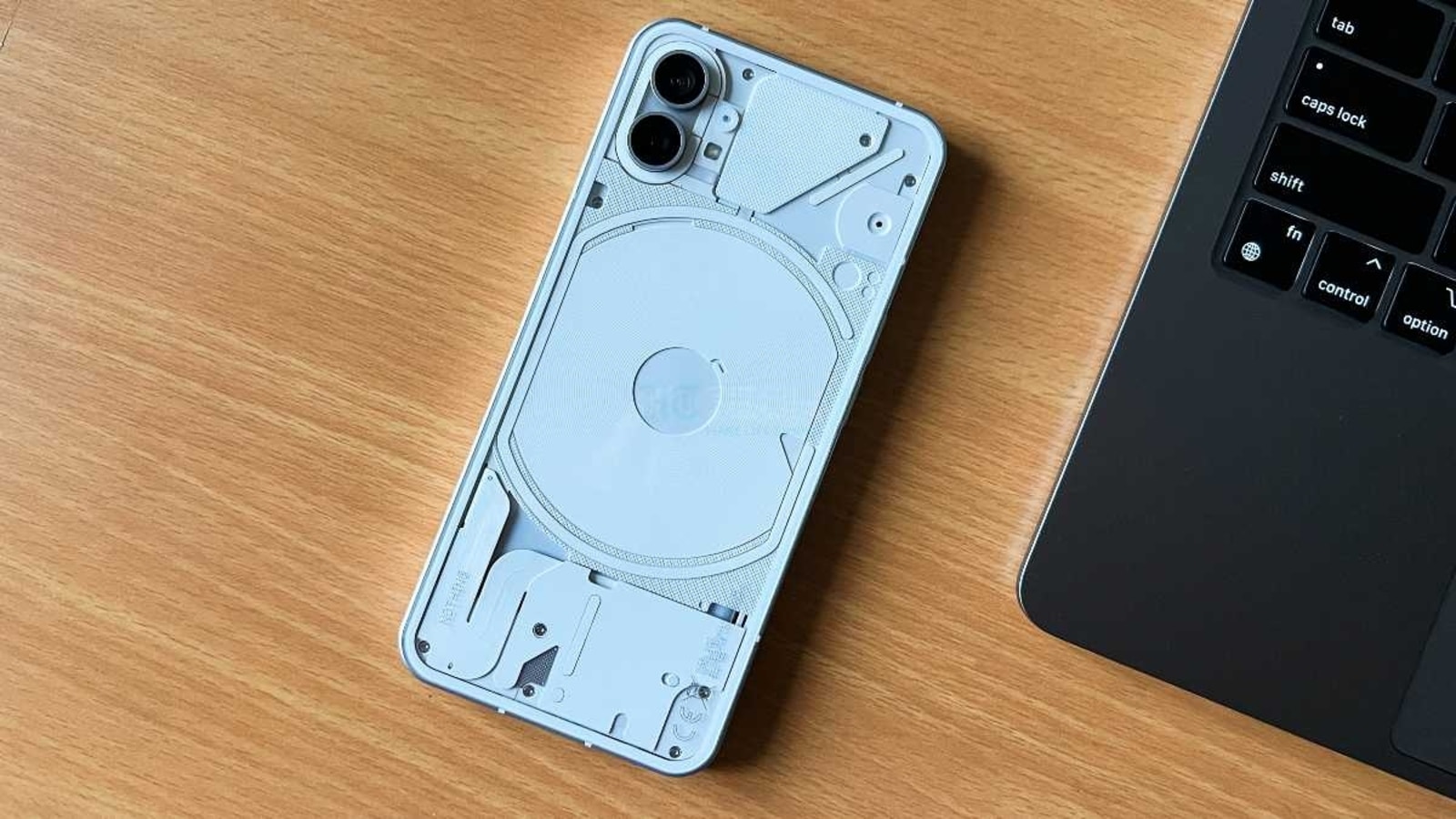Let’s talk about buying an iPhone for $1,000. Tim Cook, Apple’s chief executive, once compared this eye-popping price tag to purchasing a cup of coffee a day over a year. No big deal, right? But financial advisers see this differently. By some estimates, an investment of $1,000 in a retirement account today would balloon to about $17,000 in 30 years. In other words, $700 to $1,000 — the price range of modern smartphones — is a big purchase. According to the Pew Research Center, fewer than half of American adults have enough savings to cover three months of emergency expenses. Yet one in five people surveyed by WalletHub thought a new phone was worth going into debt for.
Tech companies reasonably argue that our smartphones are our most powerful tools for work and play, thus worth every penny. But they also play numbers games to downplay the costs of a new phone. Samsung, for example, has said the price of its new Galaxy phone is $200 — but that’s only if you trade in a year-old phone for credit toward the new one. The correct price is $800. So it’s worth looking at phone upgrades in a different light to weigh their financial impact. That can help us make well-considered decisions so that the move isn’t automatic.

The irony of Mr. Cook’s coffee analogy isn’t lost on Suze Orman, the financial adviser who once famously equated people’s coffee habits to “peeing $1 million down the drain.” She said the seemingly small amount of money people mindlessly spend on java — and now phone upgrades — could be a path to poverty. “Do you need a new one every year?” asked Ms. Orman, who hosts the “Women and Money” podcast. “Not. It’s just a ridiculous waste of money.” Apple and Samsung didn’t immediately respond to requests for comment.
So what’s the actual cost of a phone upgrade? Let’s look at the math.
Flipsy, a company that buys and sells used phones, published an analysis this year arguing that buying a new iPhone yearly is wis. Here is its breakdown: The iPhone 12 cost $799 last year. It’s now worth $460 if you trade it in to defray the cost of a new phone. The latest iPhone, the iPhone 13, also costs $799. So if you traded in your iPhone 12, the iPhone 13 would cost $339. At this rate, if you bought an iPhone every year for four years, including the original $799, the net total would be $1,816. If you waited three years for the iPhone 15, your iPhone 12’s trade-in value would diminish to about $200. Trade it in, and the iPhone 13 would be $599. Add in the original $799; your net price over four years would be $1,398.
In summary, upgrading annually over three years costs $418 more, or roughly $12 a month, compared with upgrading every three years, Flipsy said. Framed this way, it may sound like a bargain to get a new phone every year instead of every few years. But plugging these numbers into a financial calculator tells a different story. If you put $12 a month into a retirement account, like a Roth I.R.A. with an average annual rate of return of 10 percent, that amount would turn into $25,161 over 30 years, according to Ms. Orman’s savings calculator. Ms. Orman compared the trade-in dilemma to buying cars. Car manufacturers could argue that the diminishing trade-in value of your vehicle should compel you to buy a new one regularly — but don’t fall for it.
“I love my car, and I don’t care that the value goes down,” she said. “Think of the 11 years I have saved money not having car payments or trading it in and spending more money to get another car.” So what about those cups of coffee? We pay $3 a cup on average, so $1,000 could buy roughly 333 cups. But naturally, making your coffee is much cheaper. I plugged some numbers into a coffee calculator designed by Bone Fide Wealth, a financial planning service.
A $16 bag of beans from Peet’s Coffee at Costco could brew about 41 cups for 39 cents each. So a $1,000 iPhone is worth about 2,500 cups of coffee. Not as compelling. Doug Boneparth, the president of Bone Fide Wealth, made a counterpoint. He said he sets aside cash every year to buy a new iPhone. For people who have plenty of money and are aware of the impacts of their spending, splurging on new phones could be inconsequential to their overall savings goals compared with more significant expenses like housing — and if phones make them happy, go for it.
